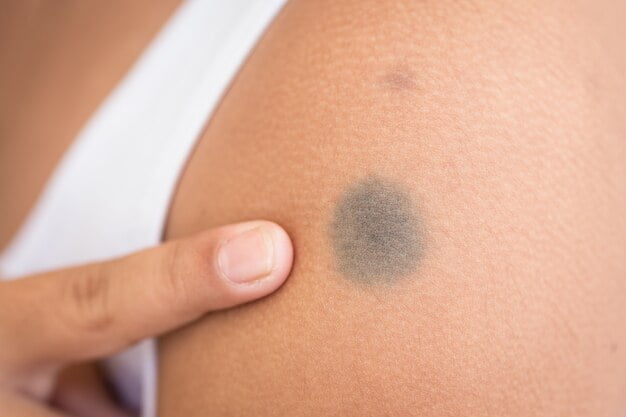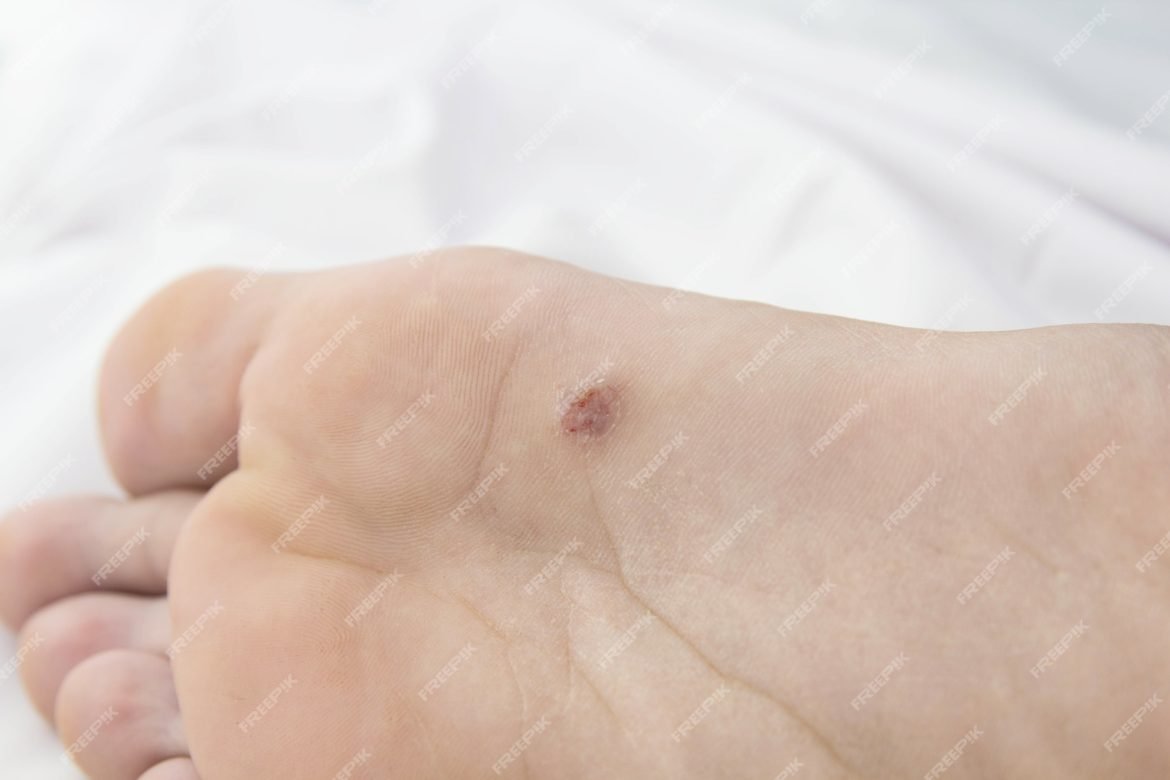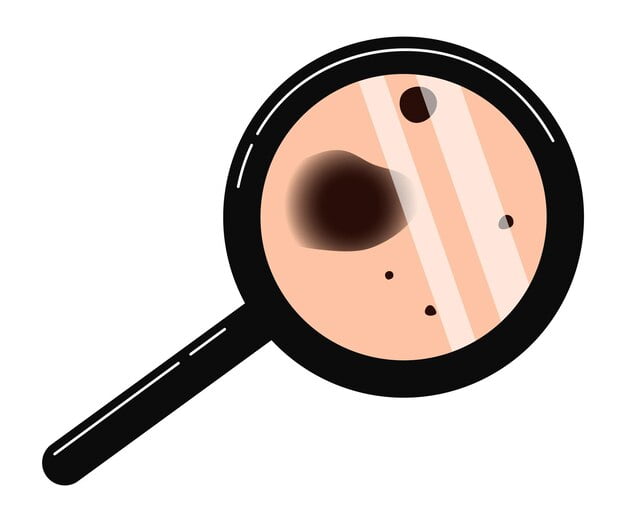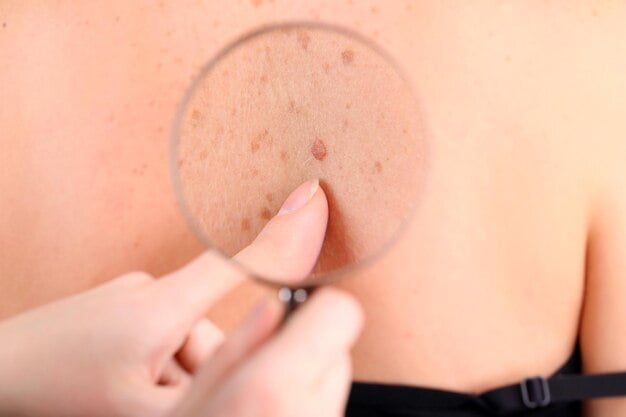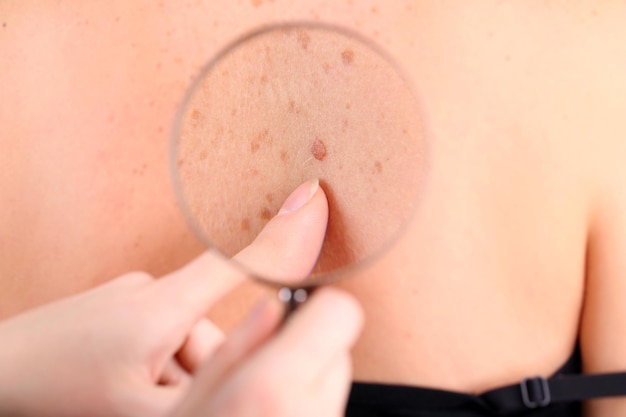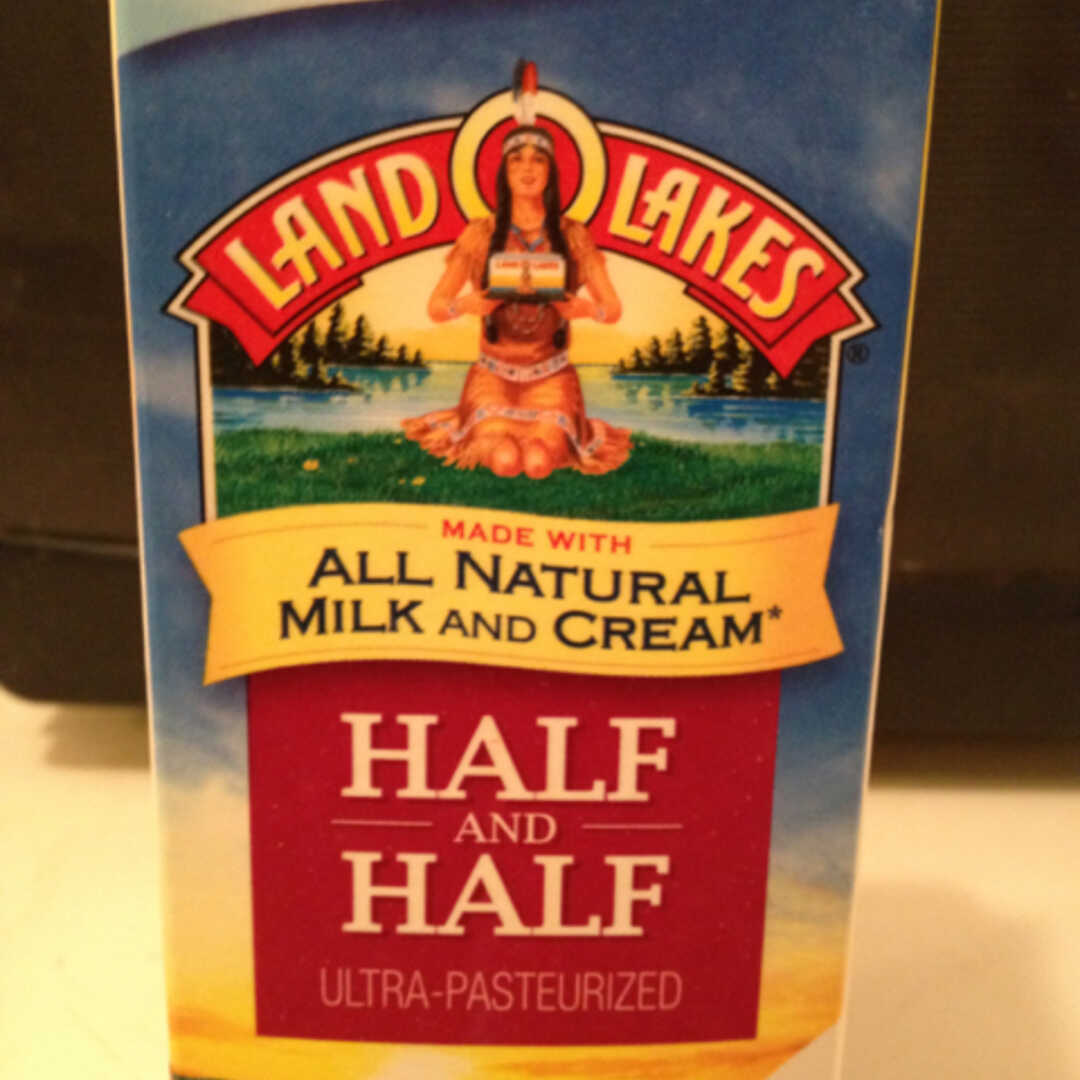
Land O Lakes half and half is a beloved dairy product known for its creamy and rich texture. It has found its way into countless cups of coffee, recipes, and more. In this article, we will delve into the nutritional aspects of Land O Lakes half and half, exploring why it’s a favorite choice for many.
What is Land O Lakes Half and Half?
Land O Lakes Half and Half is a dairy product that combines equal parts of milk and cream. It offers a smooth and luxurious texture, making it a preferred choice for coffee enthusiasts, bakers, and chefs. This product has gained immense popularity for its ability to enhance the flavor and creaminess of beverages, soups, and desserts.
Nutritional Profile
When it comes to nutrition, Land O Lakes Half and Half provides a creamy delight without compromising on health. Here’s a closer look at its nutritional composition:
- Calories: A typical serving of two tablespoons of half and half contains around 40 calories. This makes it a reasonable addition to your daily coffee or recipes without a significant increase in calorie intake.
- Fats: It contains 3 grams of total fat, with 2 grams of saturated fat per serving. While it does have saturated fats, it’s important to note that these are essential for various bodily functions, and moderation is key.
- Protein: It offers a small amount of protein, approximately 1 gram per serving.
- Carbohydrates: Land O Lakes Half and Half contains less than 1 gram of carbohydrates, which is advantageous for those watching their carb intake.
- Vitamins and Minerals: It is a source of essential nutrients, including calcium, which supports bone health.
Health Benefits
Land O Lakes Half and Half can be a part of a balanced and nutritious diet. Its richness adds a delightful flavor to your morning coffee, tea, or dessert. This dairy product can elevate the taste of various dishes without excessive calories.
By including Land O Lakes Half and Half in your daily routine, you can experience the following benefits:
- Creaminess: Its creamy texture elevates your coffee and enriches recipes, enhancing your overall culinary experience.
- Moderation: While it contains fats, it can be enjoyed in moderation as a part of your balanced diet.
- Versatility: Land O Lakes Half and Half is a versatile ingredient for both beverages and cooking, allowing you to explore new flavors.
Nutritional Comparison
Land O Lakes Half and Half stands out in the world of dairy products. When compared to other creamers, it offers distinct advantages. Here’s how it stacks up against its counterparts:
- Compared to Heavy Cream: Land O Lakes Half and Half is a lighter option, containing fewer calories and less fat than heavy cream.
- Compared to Coffee Creamers: Unlike some coffee creamers that are loaded with artificial additives, Land O Lakes Half and Half is a more natural choice.
Usage Tips
To make the most of Land O Lakes Half and Half, consider the following usage tips:
- Coffee and Tea: Add a dash of Land O Lakes Half and Half to your morning coffee or tea for a rich and creamy experience.
- Cooking: Use it in recipes that call for cream to enhance the flavor of soups, sauces, and desserts.
- Whipped Cream: Whip it for a lighter version of whipped cream to top your favorite desserts.
- Dips and Sauces: Incorporate it into savory dips and sauces for added creaminess.
Potential Concerns
While Land O Lakes Half and Half has its merits, it’s important to be mindful of potential concerns:
- Calorie Control: Given that it contains calories, it’s essential to use it in moderation, especially if you are watching your calorie intake.
- Saturated Fat: The saturated fat content, while not excessive, should be considered if you have dietary restrictions or health concerns.
- Alternative Options: If you have dietary restrictions or preferences, consider alternatives such as non-dairy creamers or milk substitutes.
Customer Reviews
Here are a few customer reviews to give you an idea of why Land O Lakes Half and Half is so beloved:
- Linda S. says: “I can’t start my day without Land O Lakes Half and Half in my coffee. It makes my morning brew absolutely divine!”
- John D. raves: “This is a must-have in my kitchen. I use it for everything from creamy pasta sauces to velvety mashed potatoes. It’s a game-changer.”
Conclusion
Land O Lakes Half and Half is not just a creamer; it’s a culinary companion that can elevate your coffee and recipes. With its creamy texture and balanced nutritional profile, it adds a delightful touch to your daily routine. Moderation is the key to making the most of this creamy delight.
Now you can confidently savor the goodness of Land O Lakes Half and Half without compromising on your nutrition goals. Whether you enjoy it in your morning coffee or use it to enhance the flavors of your favorite recipes, Land O Lakes Half and Half is a delicious choice.
FAQs
1. Can I use Land O Lakes Half and Half as a milk substitute in recipes?
- Yes, Land O Lakes Half and Half can be used as a substitute for milk in recipes to add creaminess and flavor.
2. How should I store Land O Lakes Half and Half to maintain its freshness?
- It’s best to store it in the refrigerator to ensure freshness and prevent spoilage.
3. Is Land O Lakes Half and Half suitable for a keto diet?
- While it contains some saturated fat, it can still be incorporated into a keto diet in moderation.
4. Are there any dairy-free alternatives to Land O Lakes Half and Half?
- Yes, there are non-dairy creamers available for those who prefer dairy-free options.
5. Can Land O Lakes Half and Half be whipped like heavy cream for desserts?
- Yes, you can whip Land O Lakes Half and Half to create a lighter version of whipped cream for desserts.


